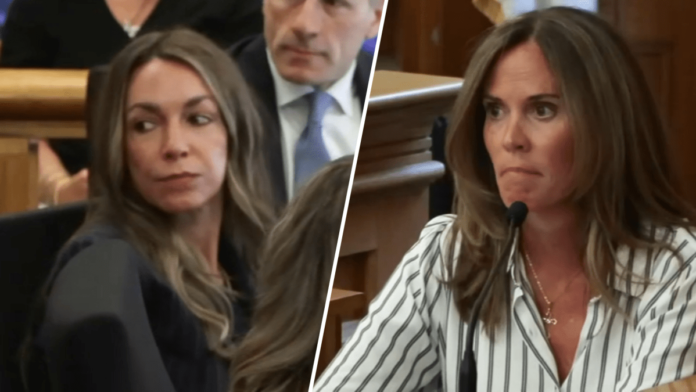What to Know About the Karen Read Trial
The ongoing trial of Karen Read has captured significant media attention, primarily due to the serious charges she faces and the complex circumstances surrounding the case. Charged with second-degree murder, manslaughter while operating a vehicle under the influence, and leaving the scene of an accident, Read is accused of striking her boyfriend, John O’Keefe, a Boston police officer, with her SUV in 2022. The incident allegedly occurred outside a house party in Canton, Massachusetts, where O’Keefe was left to die alone in the snow.
The Allegations Against Karen Read
The prosecution claims that on the night of the incident, Read hit O’Keefe with her vehicle and subsequently fled the scene, leaving him in a vulnerable state. The details surrounding the event are murky, with the defense asserting that O’Keefe had entered the house on Fairview Road before he was found unresponsive outside. This claim is central to Read’s defense strategy, which posits that she is a victim of a broader police conspiracy aimed at framing her for O’Keefe’s death.
Defense Claims and Conspiracy Theories
Read’s defense team has made bold assertions, suggesting that O’Keefe was not only struck by her vehicle but was also fatally beaten by another law enforcement officer present at the party. This narrative introduces a layer of complexity to the case, as it implies a potential cover-up involving multiple police officers. The defense argues that the evidence has been manipulated to support the prosecution’s case, painting Read as an innocent party caught in a web of deceit.
Key Testimonies and Evidence
A pivotal moment in the trial occurred when Ian Whiffin, a digital forensics expert from Cellebrite, testified about the cellphone data from both O’Keefe and Jennifer McCabe, a family friend who was with them that night. Whiffin’s analysis indicated that O’Keefe’s cellphone data did not support the defense’s claim that he had entered the house before the incident. This testimony could significantly undermine the defense’s narrative.
Jennifer McCabe’s testimony was equally crucial. She was present with both Read and O’Keefe before the incident and was with Read when O’Keefe’s body was discovered. The defense has suggested that McCabe may have been involved in a cover-up, adding tension to her testimony. Her account of the search for O’Keefe amid the snow was particularly emotional and intense, highlighting the tragic circumstances surrounding the case.
Courtroom Dynamics and Judicial Oversight
The trial has not been without its courtroom drama. Judge Beverly Cannone has had to intervene multiple times, emphasizing the need for adherence to courtroom rules. After allowing the defense to present their crash reconstruction experts, she issued a stern warning about the defense’s "repeated and deliberate" violations of court rules. Her admonition, "I expect counsel to comply with all rulings and rules of the court and all rules of professional conduct, and no more nonsense," underscores the high stakes involved in this case.
Previous Mistrial and Ongoing Proceedings
This trial is not the first attempt to bring the case to resolution; a mistrial was declared last year when the jury could not reach a unanimous verdict. The complexities of the case, combined with the emotional weight of the allegations, have made it a challenging trial for all parties involved. As the proceedings continue, the public remains keenly interested in the developments, particularly given the serious implications for Read and the broader questions of accountability within law enforcement.
Conclusion
The Karen Read trial is a multifaceted legal battle that raises significant questions about justice, accountability, and the influence of law enforcement in legal proceedings. As the trial unfolds, the testimonies and evidence presented will play a crucial role in determining the outcome. The case serves as a poignant reminder of the complexities involved in legal cases that intersect with personal relationships and professional obligations. As updates continue to emerge, the public will be watching closely to see how this dramatic narrative unfolds in the courtroom.


